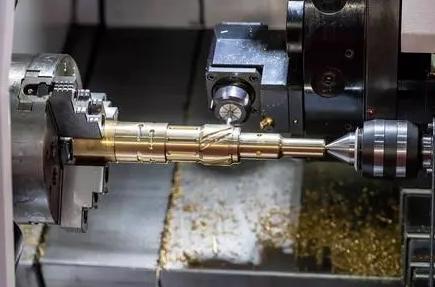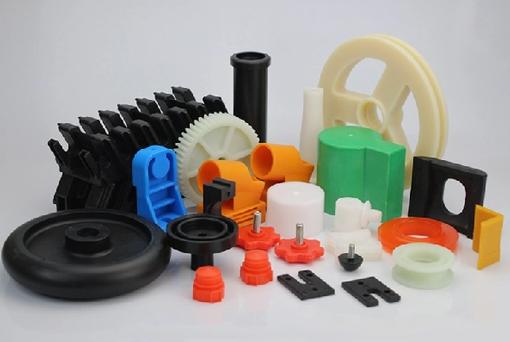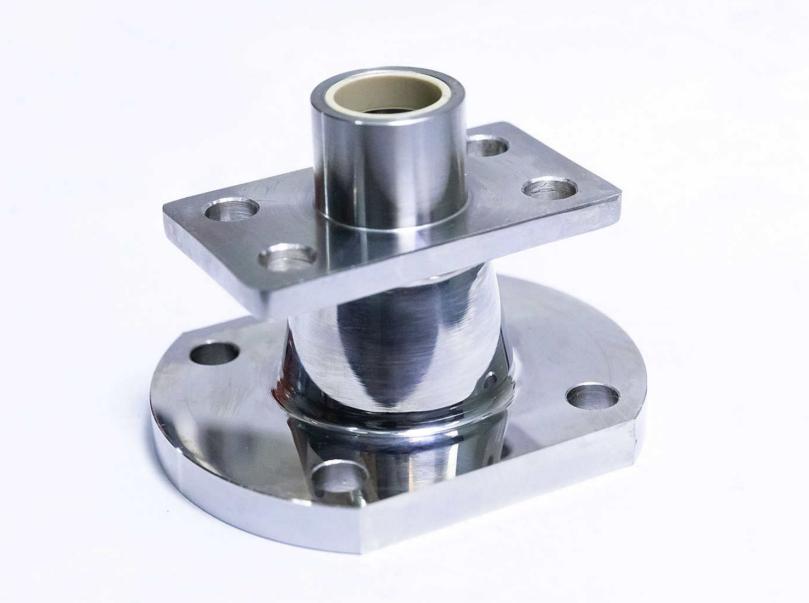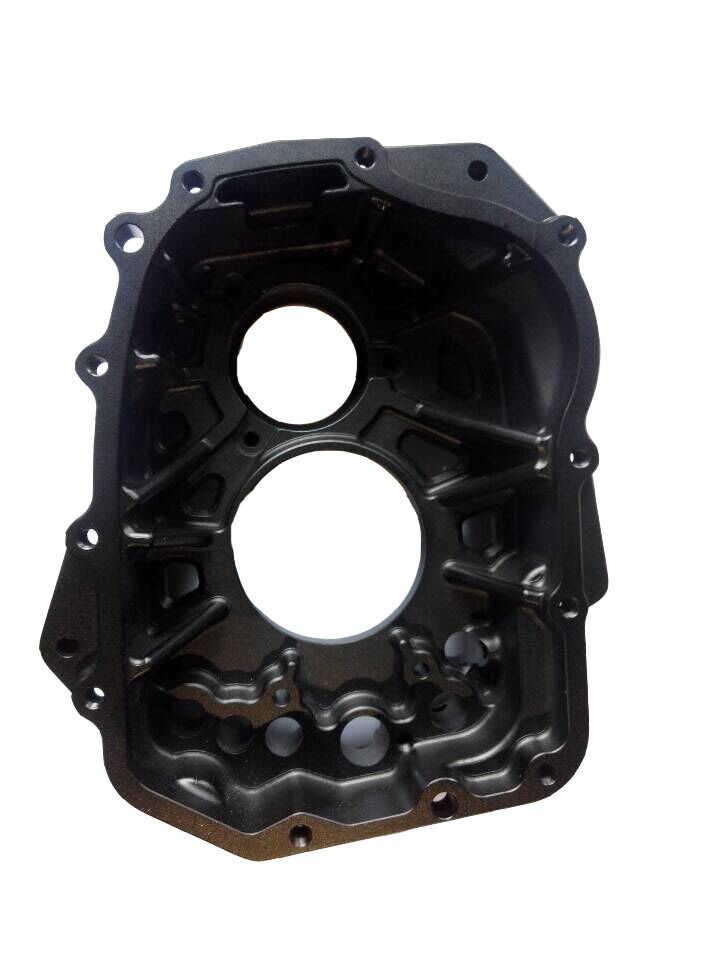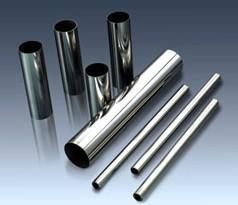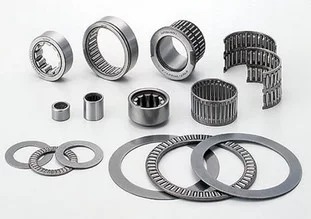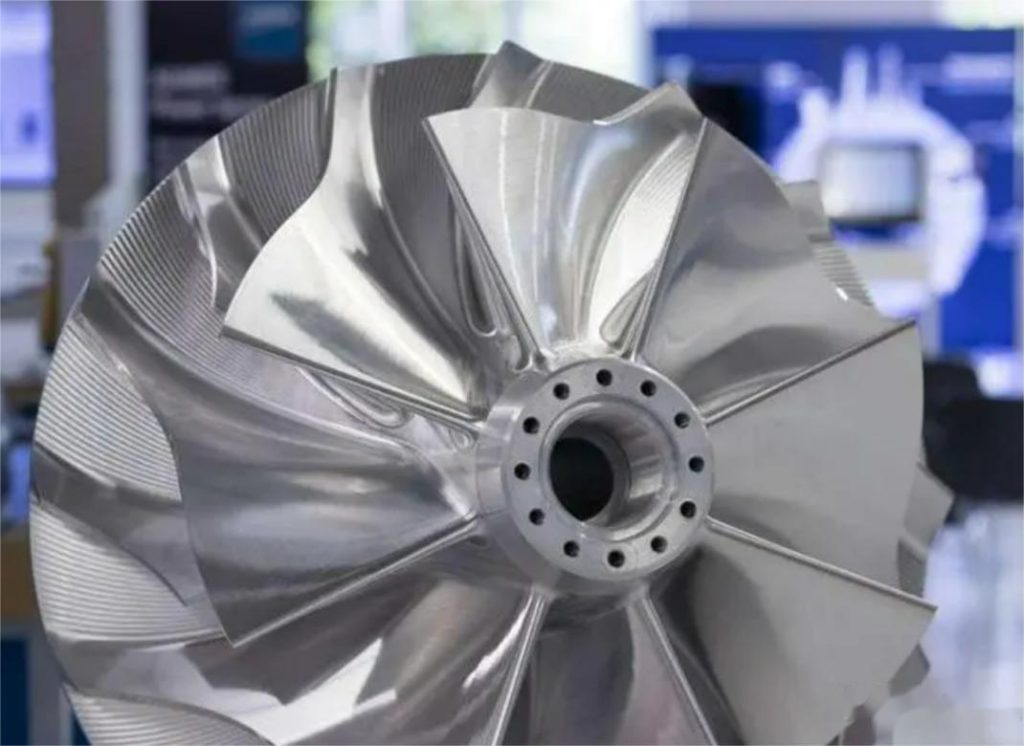In the world of CNC machining, the ideal finish goes beyond aesthetics. Surface treatments such as chrome plating and nickel plating strike an ideal balance between functionality and aesthetic appeal. However, with both options on the table, choosing the best one can be difficult. Professional CNC machining company JTR will introduce the differences in application between chrome and nickel plating, allowing you to make more informed CNC project decisions. We will examine their benefits in terms of wear resistance, corrosion protection, and appearance. Furthermore, we’ll go over the factors to consider when selecting the best plating for your specific product needs. Finally, we’ll discuss the ever-important issue of environmental impact, assisting you in selecting a process that is consistent with your sustainability goals.
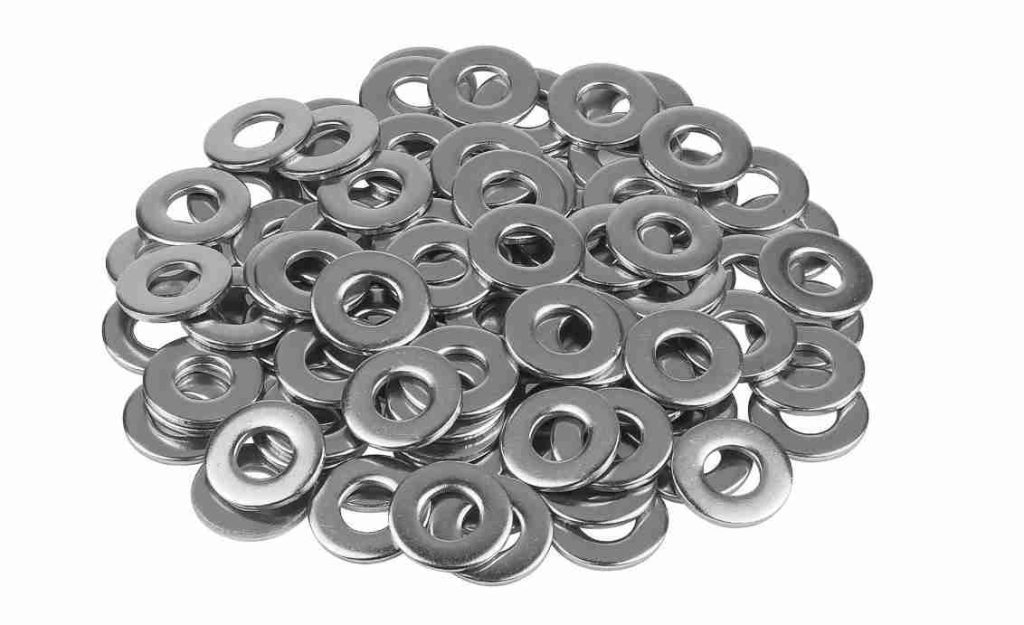
Application Differences of Chrome Plating & Nickel Plating in CNC Machining
Chrome plating and nickel plating are two commonly used metal surface treatment technologies for CNC machining. They differ in appearance, hardness, corrosion resistance, cost, and application scope.
| Chrome Plating | Nickel Plating | |
| Appearance and Color | Bright white with a blue tint, excellent reflectivity, can achieve a mirror-like finish | Silver-white with a yellow tint, some decorative value |
| Hardness and Wear Resistance | High hardness, excellent wear resistance, especially hard chrome surfaces | Relatively lower hardness, wear resistance may be slightly inferior to chrome plating |
| Rust and Corrosion Resistance | Does not react with alkalis, sulfides, nitric acid, and most organic acids, but dissolves in hydrohalic acids (such as hydrochloric acid) and hot sulfuric acid, relatively good rust and corrosion resistance | Also has some rust and corrosion resistance, but may be slightly inferior to chrome plating |
| Cost | Relatively high cost | Relatively low cost |
| Application Areas | Widely used for bright decorative parts on appliances, electronics, etc., as well as tools, faucets and other applications where hardness and wear resistance need to be increased | Mainly used for hardware products, etc., to improve their wear resistance, decorative and corrosion resistance |
How to Determine Whether a Product is Suitable for Chrome Plating or Nickel Plating
When deciding whether to use chrome plating or nickel plating on a product, consider the following key factors:
- Wear Resistance Requirements: If the product will be used in a high-wear environment, chrome plating may be a better choice due to its increased hardness and wear resistance.
- Corrosion Resistance Requirements: If the product will be exposed to corrosive environments, such as those containing hydrogen sulfide, nickel plating may be a better option due to its superior corrosion resistance.
- Cost Considerations: While chrome plating is less expensive, nickel plating may be a more cost-effective long-term solution for products that require corrosion resistance, despite its higher initial cost.
- Appearance Requirements: Chrome plating produces a high gloss finish, making it ideal for products with visual appeal. Nickel plating, while less glossy, provides decorative value and may be preferred in certain applications.
- Adhesion to the Substrate: Nickel plating adheres to substrates better than chrome plating, making it more durable in high-stress or vibration-prone environments.
- Machining and Maintenance Difficulty: Chrome plating can be more difficult to machine after the plating process, making it less suitable for complex-shaped parts, whereas nickel plating may offer more machining flexibility and ease of post-plating maintenance.
By carefully considering these factors, you can determine the most appropriate surface treatment method for the product’s specific usage conditions and performance needs. If the product will be used in harsh environments and must meet stringent corrosion resistance standards, nickel plating may be a better option. If wear resistance and cost-effectiveness are important considerations, chrome plating may be a better option. Color and appearance specifications should be considered during the design phase to ensure that the finished product meets market and functional requirements.
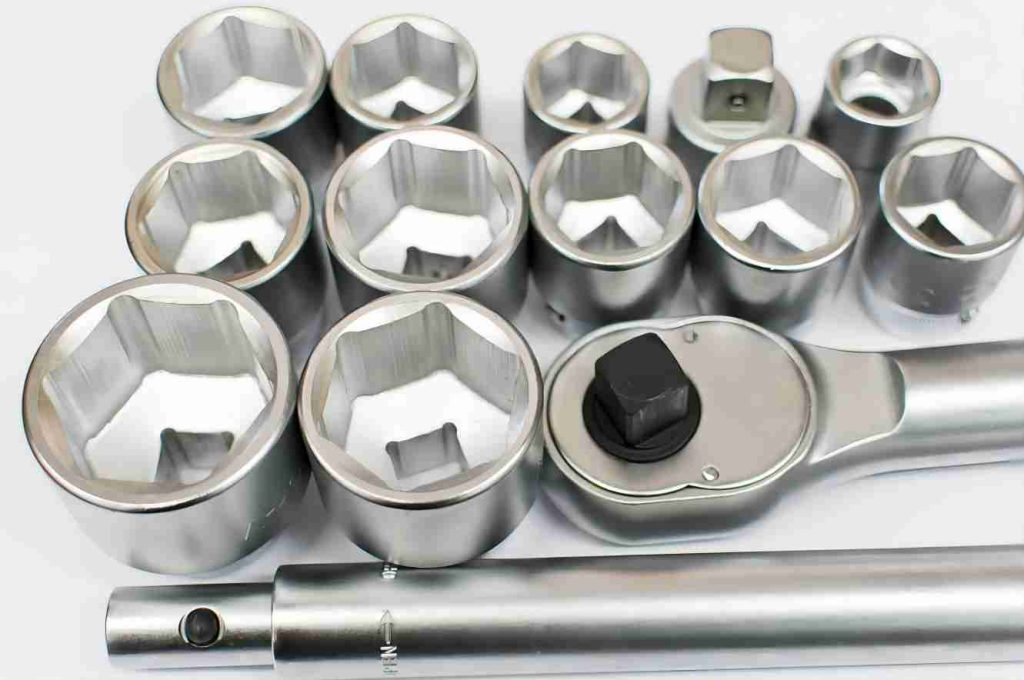
Which Is More Environmentally Friendly in CNC Process: Chrome Plating or Nickel Plating?
Chrome plating and nickel plating are two common surface treatment methods used in CNC machining to improve the appearance, durability, and corrosion resistance of metal components. However, their environmental impacts differ, with chrome plating being perceived as less environmentally friendly due to the use of hazardous chemicals and the risk of wastewater contamination.
Chrome Plating Environmental Concerns
- Hexavalent Chromium (Cr(VI)): Chrome plating employs hexavalent chromium, which is extremely toxic and carcinogenic. Improper handling and disposal can have serious health and environmental consequences. Cr(VI) can contaminate soil and water, endangering aquatic life and potentially harming human health through ingestion or inhalation.
- Wastewater Treatment: The chrome plating process generates wastewater containing Cr(VI) and other chemicals. Improper wastewater treatment can release pollutants into the environment, harming ecosystems and possibly endangering human health.
Nickel Plating Environmental Considerations
While nickel plating causes some environmental concerns, it is widely regarded as more environmentally friendly than chrome plating for the following reasons:
- Reduced Use of Hazardous Chemicals: Nickel plating uses fewer hazardous chemicals than chrome plating, especially by avoiding Cr(VI). This reduces the overall risk of environmental contamination and workplace exposure to hazardous materials.
- Less Stringent Wastewater Treatment Requirements: Nickel plating wastewater typically has fewer hazardous chemicals than chrome plating wastewater. This can make wastewater treatment less complex and costly, reducing the environmental impact of nickel plating operations.
In terms of environmental impact, nickel plating is widely regarded as a more sustainable option than chrome plating. However, both processes cause environmental concerns, and the specific environmental impact of each is determined by factors such as plating chemicals, wastewater treatment practices, and overall manufacturing processes.
To reduce the environmental impact of chrome and nickel plating, manufacturers must adopt responsible practices such as using safer alternative chemicals, optimizing wastewater treatment processes, and implementing long-term waste management strategies.
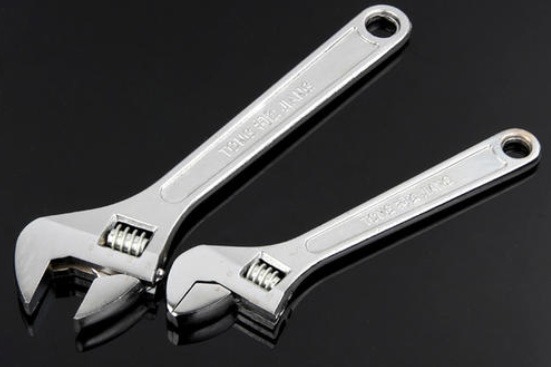
Conclusion
Understanding the distinct properties of chrome and nickel plating opens up a plethora of possibilities for CNC projects. Whether you value stunning aesthetics, unwavering durability, or responsible manufacturing practices, this guide will help you make the best choice possible. Remember that the ideal plating is determined by the specific application and desired outcome. By carefully considering factors such as wear resistance, corrosion protection, appearance, and environmental impact, you can ensure that your CNC-machined parts perform not only well but also sustainably. JTR will give you comprehensive guides and reliable CNC machining service, so if you are looking forward a CNC machining partner please choose us.


